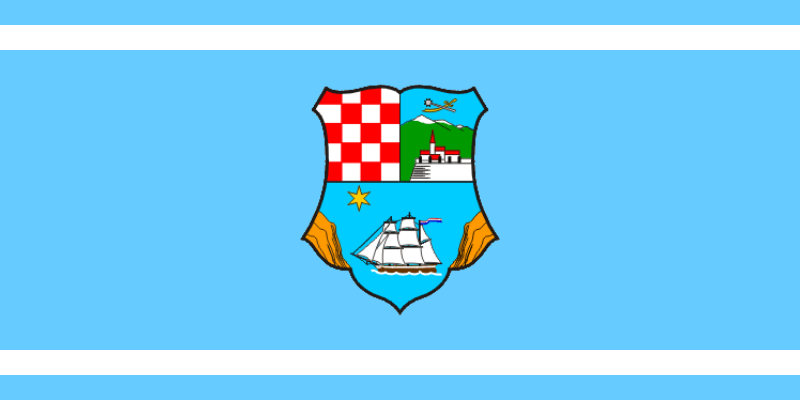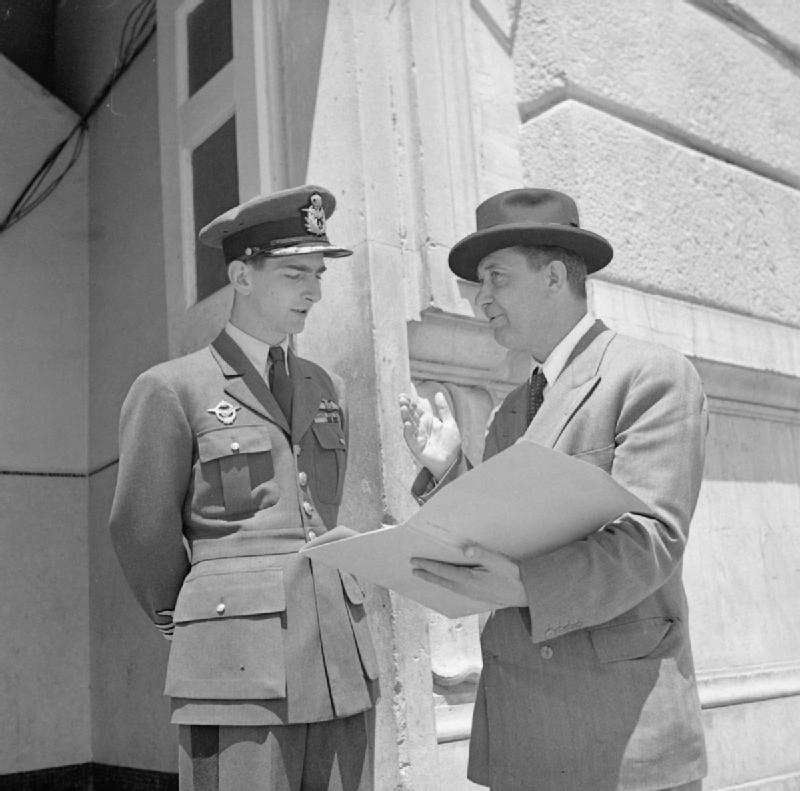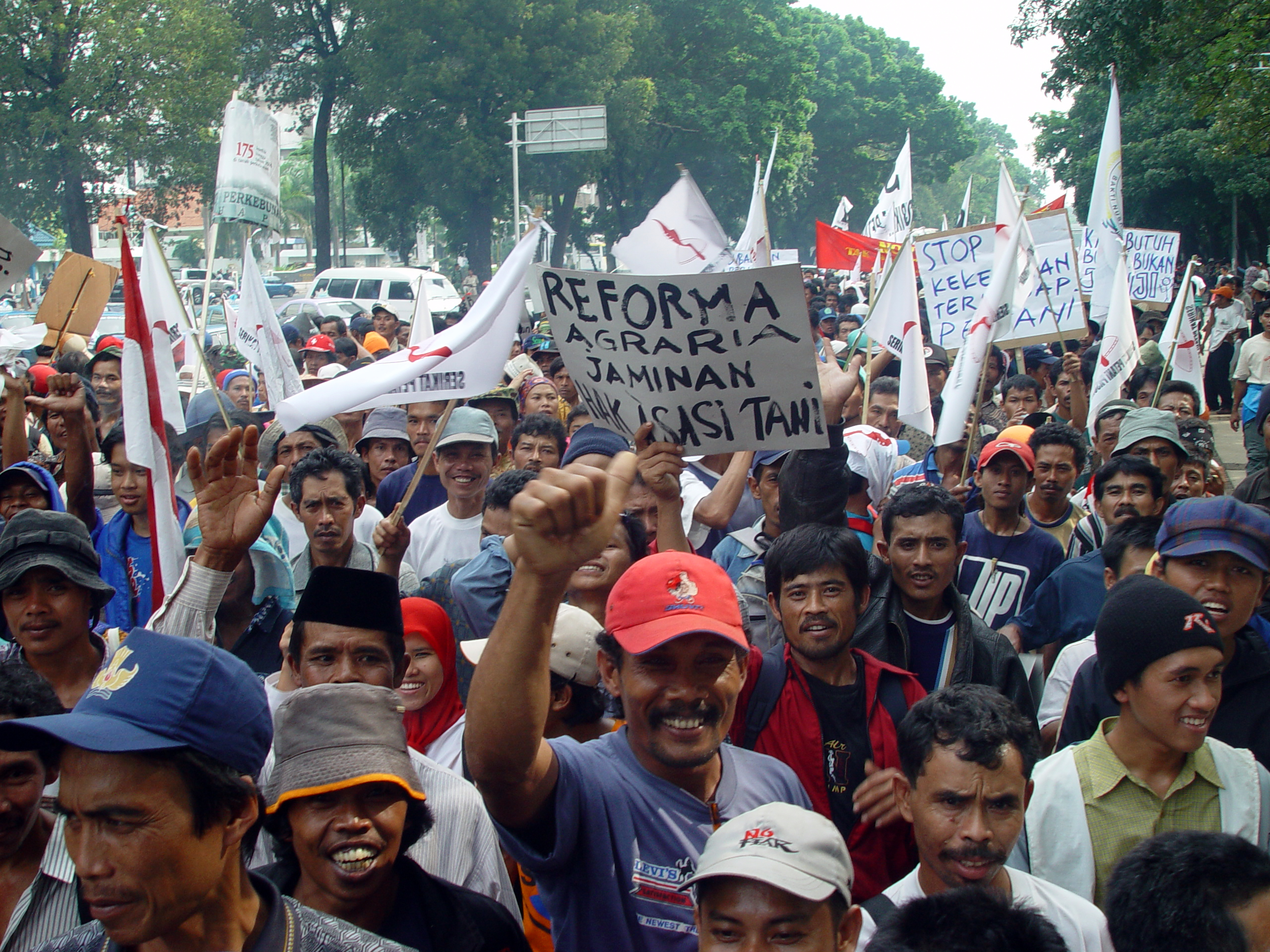|
Dražice, Croatia
Dražice is a village in Primorje-Gorski Kotar, western Croatia. Dražice is located south of Podkilavac and west of Podhum. It is part of the municipality of Jelenje. As of 2021, it had a population of 2,064. History A 22 December 1939 decision as part of agrarian reforms by Ban Šubašić to confiscate the forest property in Dražice and surroundings of the Thurn and Taxis family, Kálmán Ghyczy and Nikola Petrović resulted in a legal dispute known as the Thurn and Taxis Affair Thurn may refer to: * Thurn, Austria, a town near Lienz, Tyrol * Thurn Pass, an Alpine mountain pass in Austria * Thurn und Taxis The Princely House of Thurn and Taxis (, ) is a family of German nobility that is part of the ''Briefadel''. It ..., in part because of the relative status of the family and in part because of the proximity to the Italian border. References Bibliography * * Populated places in Primorje-Gorski Kotar County {{PrimorjeGorskiKotar-geo-stub ... [...More Info...] [...Related Items...] OR: [Wikipedia] [Google] [Baidu] |
Counties Of Croatia
The counties of Croatia () are the first-level administrative divisions of Croatia, administrative subdivisions of the Croatia, Republic of Croatia. Since they were re-established in 1992, Croatia has been divided into 20 county, counties and the capital city of Zagreb, which has the authority and legal status of both a county and a list of cities and towns in Croatia, city (separate from the surrounding Zagreb County). As of 2015, the counties are subdivided into 128 cities and 428 (mostly rural) Municipalities of Croatia, municipalities. The divisions have changed over time since the Kingdom of Croatia (925–1102), medieval Croatian state. They reflected territorial losses and expansions; changes in the political status of Dalmatia, Republic of Ragusa, Dubrovnik and Istria; and political circumstances, including the Croatia in personal union with Hungary, personal union and subsequent development of relations between the Kingdom of Croatia-Slavonia and the Kingdom of Hungar ... [...More Info...] [...Related Items...] OR: [Wikipedia] [Google] [Baidu] |
Croatia
Croatia, officially the Republic of Croatia, is a country in Central Europe, Central and Southeast Europe, on the coast of the Adriatic Sea. It borders Slovenia to the northwest, Hungary to the northeast, Serbia to the east, Bosnia and Herzegovina and Montenegro to the southeast, and shares a maritime border with Italy to the west. Its capital and largest city, Zagreb, forms one of the country's Administrative divisions of Croatia, primary subdivisions, with Counties of Croatia, twenty counties. Other major urban centers include Split, Croatia, Split, Rijeka and Osijek. The country spans , and has a population of nearly 3.9 million. The Croats arrived in modern-day Croatia, then part of Illyria, Roman Illyria, in the late 6th century. By the 7th century, they had organized the territory into Duchy of Croatia, two duchies. Croatia was first internationally recognized as independent on 7 June 879 during the reign of Duke Branimir of Croatia, Branimir. Tomislav of Croatia, Tomis ... [...More Info...] [...Related Items...] OR: [Wikipedia] [Google] [Baidu] |
Kálmán Ghyczy
Kálmán Ghyczy de Ghicz, Assakürt et Ablánczkürt (12 February 1808 – 28 February 1888) was a Hungary, Hungarian politician, who served as Minister of Finance between 1874 and 1875. He became representative of Komárom County in 1843. During the Hungarian Revolution of 1848 he served as state secretary of the Ministry of Justice. After the defeat Ghyczy retired from the politics for a time. He was appointed Speaker of the House of Representatives in 1861. He didn't support the Austro-Hungarian Compromise of 1867, compromise with the Austrians. Later his views changed. Ghyczy founded a new party named the Central Party. He supported the case of the compromise since the left centre is a party with this practically came to an end with his secession. In 1874 he was appointed Minister of Finance, he was the only opposition member of the cabinet. He took over as Minister of Finance in a period when the budget struggled with chronic troubles. Economic optimism brought the country un ... [...More Info...] [...Related Items...] OR: [Wikipedia] [Google] [Baidu] |
House Of Thurn Und Taxis
The Princely House of Thurn and Taxis (, ) is a family of German nobility that is part of the ''Briefadel''. It was a key player in the postal services in Europe during the 16th century, until the end of the Holy Roman Empire in 1806, and became well known as the owner of breweries and commissioner of several castles. The family has resided in Regensburg since 1748 with their seat at St. Emmeram Castle from 1803. The family is one of the wealthiest in Germany, and the current head of the House is Albert, 12th Prince of Thurn and Taxis. They are one of the mediatised Houses for their former Sovereign Imperial counties, later mediatised to Kingdom of Württemberg ( Buchau Princely Abbey, now Bad Buchau), Kingdom of Bavaria and Hohenzollern-Sigmaringen. History The Tasso family (from the Italian word for "badger", the family's heraldic animal) was a Lombard family in the area of Bergamo. The earliest records place them in Almenno in the Val Brembana around 1200,Serassi, P ... [...More Info...] [...Related Items...] OR: [Wikipedia] [Google] [Baidu] |
Ivan Šubašić
Ivan Šubašić (7 May 1892 – 22 March 1955) was a Croat politician, best known as the last Ban of Croatia and Prime Minister of the royalist Yugoslav Government in exile during the Second World War. Early life Ivan Šubašić was born in Vukova Gorica, a village along the Karlovac-Rijeka highway in Karlovac district, Croatia. He completed the first grades of elementary school in the neighboring Prilišće and his secondary education in Zagreb. His studies at the Faculty of Theology (the University of Zagreb ) were cut short, as he was drafted into the Austro-Hungarian Army. Captured on the Eastern Front, he subsequently joined the Yugoslav volunteers fighting at the Salonica. Once the war was over, Šubašić obtained his law degree at the Faculty of Law, University of Zagreb and opened his first law office in Vrbovsko, close to his birth place. After meeting Vladko Maček, he joined the Croatian Peasant Party and was elected to the Yugoslav National Assembly in 1938. Po ... [...More Info...] [...Related Items...] OR: [Wikipedia] [Google] [Baidu] |
Ban Of Croatia
Ban of Croatia () was the title of local rulers or office holders and after 1102, viceroys of Croatia. From the earliest periods of the Croatian state, some provinces were ruled by Ban (title), bans as a ruler's representative (viceroy) and supreme military commander. In the 18th century, Croatian bans eventually became the chief government officials in Croatia. They were at the head of the Ban's Government, effectively the first prime ministers of Croatia. The institution of ban persisted until the first half of the 20th century, when it was officially superseded in function by that of a parliamentary prime minister. Origin of title South Slavic ''ban'' (, with a long ), is directly attested in 10th-century Constantine VII, Constantine Porphyrogenitus' book ''De Administrando Imperio'' as ', in a chapter dedicated to Croats and the organization of their state, describing how their ban "has under his rule Krbava, Lika and Gacka." Bans during the Trpimirović dynasty Refere ... [...More Info...] [...Related Items...] OR: [Wikipedia] [Google] [Baidu] |
Agrarian Reforms
Land reform (also known as agrarian reform) involves the changing of laws, regulations, or customs regarding land ownership, land use, and land transfers. The reforms may be initiated by governments, by interested groups, or by revolution. Land reform is often considered a contentious process, as land is a key driver of a wide range of social, political and economic outcomes. The structure and distribution of land rights has been linked to state formation, economic growth, inequality, political violence, and identity politics, making land reform highly consequential for the long-term structures of society. Overview Land reform may consist of a government-initiated or government-backed property redistribution, generally of agricultural land. Land reform can, therefore, refer to transfer of ownership from the more powerful to the less powerful, such as from a relatively small number of wealthy or noble owners with extensive land holdings (e.g., plantations, large ranches, or a ... [...More Info...] [...Related Items...] OR: [Wikipedia] [Google] [Baidu] |
Podhum, Croatia
Podhum is a village in Croatia. It is connected by the D52 highway. During World War II it was the site of the Podhum massacre of Croat civilians by Italian occupation forces; up to 118 people were killed and more than 800 were sent to Italian concentration camps, where many more also died in captivity. A large Spomenik monument in a park in Podhum now marks the place where Italian forces executed male villagers ranging in age from 16 to 60 years on July 14, 1942. The monument was designed by Croatian sculptor Šime Vulas (1932-2018). History A 22 December 1939 decision as part of agrarian reforms by Ban Šubašić to confiscate the forest property in Podhum and surroundings of the Thurn and Taxis family, Kálmán Ghyczy and Nikola Petrović resulted in a legal dispute known as the Thurn and Taxis Affair, in part because of the relative status of the family and in part because of the proximity to the Italian border. The morning of 5 November 2017, a fire burned down an old ... [...More Info...] [...Related Items...] OR: [Wikipedia] [Google] [Baidu] |
Podkilavac
Podkilavac is a village in Primorje-Gorski Kotar, Croatia, just to the north of Dražice and approximately 8 km to the north of Rijeka. Administratively, it is part of the municipality of Jelenje Jelenje is a village and municipality in the Primorje-Gorski Kotar County in western Croatia. As of 2021, the municipality had a population of 5,096 with 94.6% Croats. The village itself had an urban population of 395. History After the Lujzijan .... As of 2021, it had a population of 328. References Populated places in Primorje-Gorski Kotar County {{PrimorjeGorskiKotar-geo-stub ... [...More Info...] [...Related Items...] OR: [Wikipedia] [Google] [Baidu] |
Primorje-Gorski Kotar
Primorje – Gorski Kotar County (, ) is a county in western Croatia, most of it based in the historical and cultural region called Croatia proper and some of it in Istria, including the Bay of Kvarner, the surrounding Northern Croatian Littoral, and the mountainous region of Gorski Kotar. Its center is Rijeka. The county's population was 296,195 at the 2011 census. The county includes the island territories of Krk, Cres, Lošinj and Rab. It borders Slovenia. The county is divided: * City of Rijeka (county seat) * Town of Bakar * Town of Cres * Town of Crikvenica * Town of Čabar * Town of Delnice * Town of Kastav * Town of Kraljevica * Town of Krk * Town of Mali Lošinj * Town of Novi Vinodolski * Town of Opatija * Town of Rab * Town of Vrbovsko * Municipality of Baška * Municipality of Brod Moravice * Municipality of Čavle * Municipality of Dobrinj * Municipality of Fužine * Municipality of Jelenje * Municipality of Klana * Municipality of Kostrena * Municipality ... [...More Info...] [...Related Items...] OR: [Wikipedia] [Google] [Baidu] |
Flag Of Primorje-Gorski Kotar County
A flag is a piece of fabric (most often rectangular) with distinctive colours and design. It is used as a symbol, a signalling device, or for decoration. The term ''flag'' is also used to refer to the graphic design employed, and flags have evolved into a general tool for rudimentary signalling and identification, especially in environments where communication is challenging (such as the maritime environment, where semaphore is used). Many flags fall into groups of similar designs called flag families. The study of flags is known as "vexillology" from the Latin , meaning "flag" or "banner". National flags are patriotic symbols with widely varied interpretations that often include strong military associations because of their original and ongoing use for that purpose. Flags are also used in messaging, advertising, or for decorative purposes. Some military units are called "flags" after their use of flags. A ''flag'' (Arabic: ) is equivalent to a brigade in Arab countries. In ... [...More Info...] [...Related Items...] OR: [Wikipedia] [Google] [Baidu] |
Village
A village is a human settlement or community, larger than a hamlet but smaller than a town with a population typically ranging from a few hundred to a few thousand. Although villages are often located in rural areas, the term urban village is also applied to certain urban neighborhoods. Villages are normally permanent, with fixed dwellings; however, transient villages can occur. Further, the dwellings of a village are fairly close to one another, not scattered broadly over the landscape, as a dispersed settlement. In the past, villages were a usual form of community for societies that practice subsistence agriculture and also for some non-agricultural societies. In Great Britain, a hamlet earned the right to be called a village when it built a church.-4; we might wonder whether there's a point at which it's appropriate to talk of the beginnings of French, that is, when it wa ... ''village'', from Latin ''villāticus'', ultimately from Latin ''villa'' (English ''vi ... [...More Info...] [...Related Items...] OR: [Wikipedia] [Google] [Baidu] |






